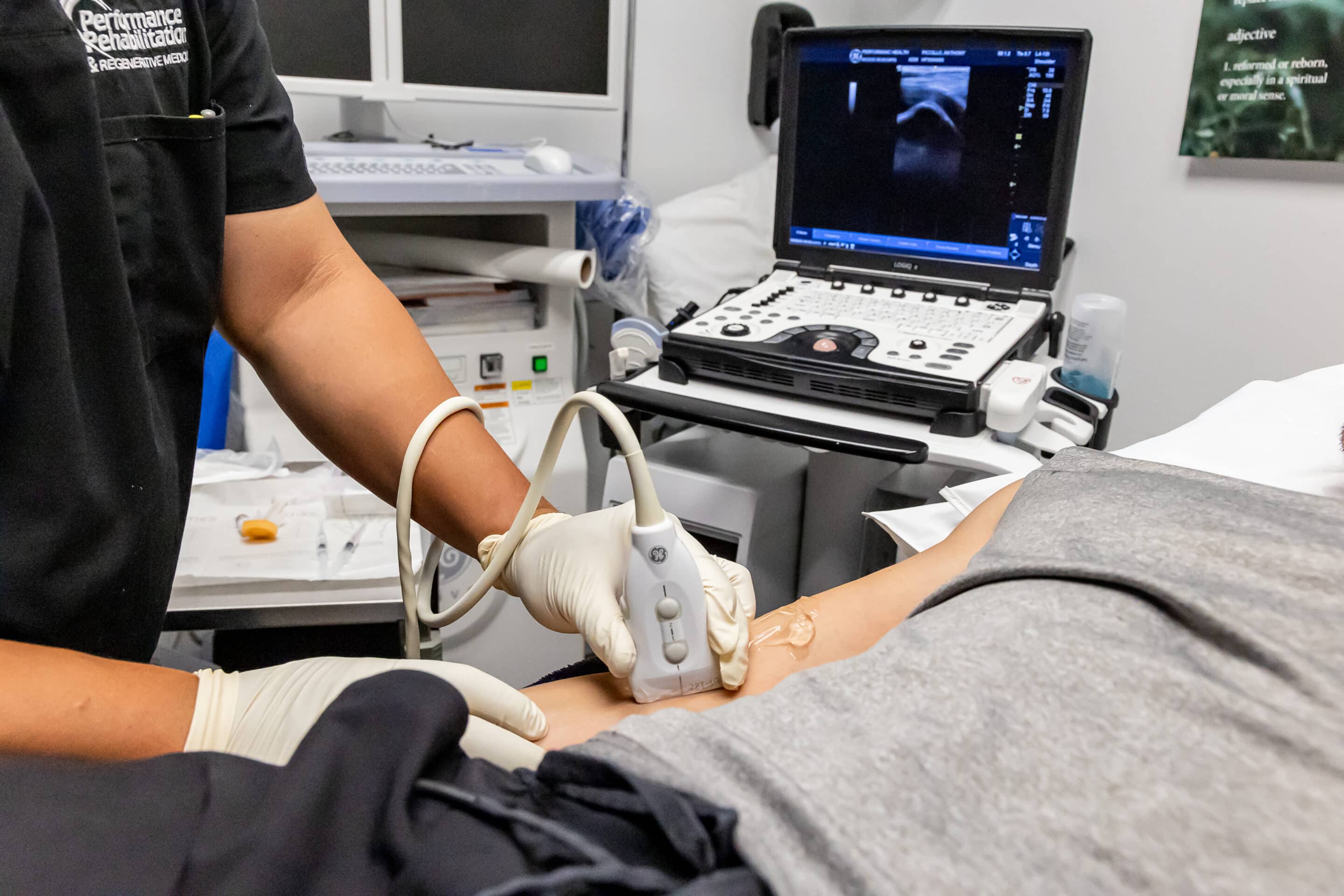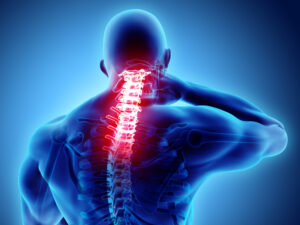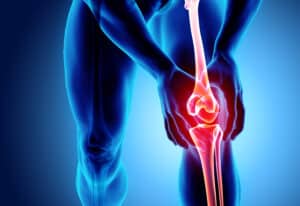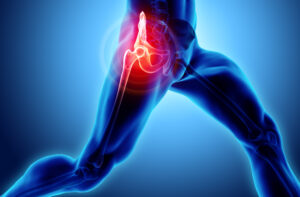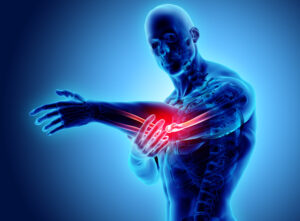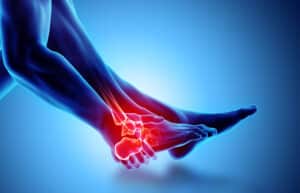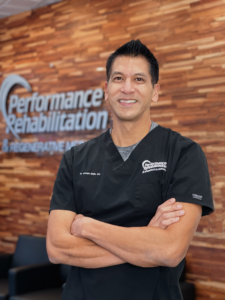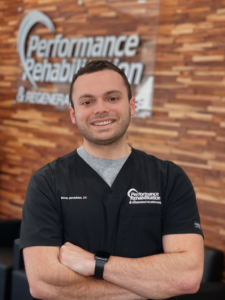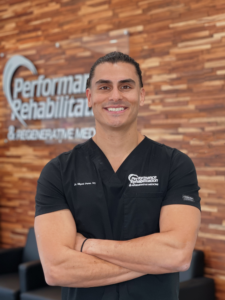Tenex Health TX™
One of the most common injuries seen in runners and basketball players that we treat at Performance Rehabilitation & Regenerative Medicine is Patellar Tendinitis. This condition often presents challenges for the treating physician and has patients feeling frustrated. New technology released by the Mayo Clinic in association with Tenex Health TX™ offers minimally invasive solutions that are helping patients get better, faster!
The patellar tendon is a thick tendon located below the patella (knee cap) that runs to the tibia (shin bone). This tendon is extremely strong and is primarily responsible for allowing the quadriceps muscle group to extend the leg outward. This tendon also allows us to propel upward when jump
Most cases of patellar tendonitis can be managed with rest, anti-inflammatory medication, physical therapy and a home exercise plan. One muscle in particular that helps restore function to the patellar tendon is the Vastus medialis obliquos (VMO). This muscle usually demonstrates significant weakness and benefits from strengthening exercises through physical therapy. The use of a knee brace is often used which helps reduce the strain placed on the tendon. This works to change the angle of the tendon against the kneecap to limit the forces placed on the tendon. Until recently, medical options were limited for patients suffering with chronic patellar tendonitis. Patients who have failed conservative treatment options can now undergo non- surgical solutions to chronic tendon conditions with Tenex Health TX™.
The Tenex Health TX™ procedure includes the use of ultrasound-guided imaging which allows the doctor to identify the specific portion of the damaged and painful scar tissue within the tendon. The physician then creates a micro-incision at the site of injury and uses the TX MicroTip™. This tool is the size of a toothpick and uses high-frequency ultrasonic energy to break up and remove damaged tissue, leaving the healthy tendon intact.
The advantages of this Tenex Health TX™ over traditional surgery include:
- Fast pain relief
- Quick return to normal activity
- Minimally invasive, not open surgery
- No sutures or stitches
- Local anesthetic used instead of general anesthesia
- Short procedure time – just minutes, not hours
If you have questions or find yourself suffering from chronic patellar tendonitis or would like to make an appointment, please feel free to contact one of our Patient Care Coordinators at 908-756-2424 or you may contact us online.
About the Authors:
Joseph Mejia D.O., F.A.A.P.M.& R, is a graduate of University of Michigan and West Virginia School of Osteopathic Medicine. He is Board Certified in Physical Medicine & Rehabilitation and Sports Medicine. Dr. Mejia received his Fellowship Training in Interventional Pain Management from University of Medicine and Dentistry. He has advanced training in Regenerative Medicine and is the Medical Director and Partner of Performance Rehabilitation & Regenerative Medicine.
Vincent J. Diana D.C. is a graduate of New York Chiropractic College. He is a Board Certified Chiropractic Physician with licenses held in New Jersey and Pennsylvania. Dr. Diana is a Chiropractic Physician at Performance Rehabilitation & Regenerative Medicine.

